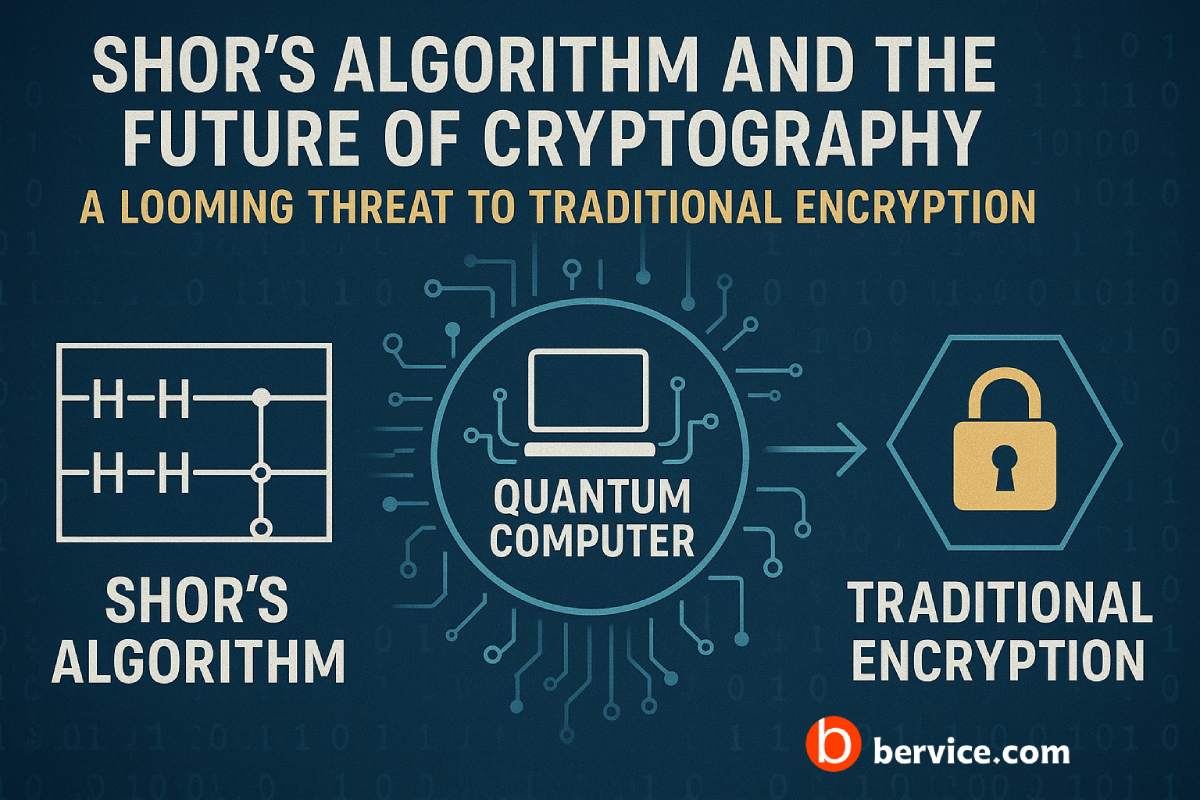
Introduction
Quantum computing is one of the most disruptive technologies on the horizon, promising to solve complex problems far beyond the capabilities of today’s classical computers. At the same time, blockchain has emerged as the backbone of decentralized finance, digital identity, and distributed systems. The intersection of these two technologies poses both exciting opportunities and serious challenges. As quantum capabilities advance, the blockchain ecosystem must evolve to remain secure and relevant.
Quantum Computing: A New Computational Paradigm
Unlike classical computers that use bits (0 or 1), quantum computers use qubits that can exist in multiple states simultaneously thanks to quantum superposition and entanglement. This allows them to perform certain computations exponentially faster, such as factoring large numbers or simulating complex systems.
In fields like cryptography, optimization, and AI, quantum computing could revolutionize data processing and analysis. However, its ability to break current encryption standards is a double-edged sword.
Blockchain’s Current Cryptographic Foundations
Most blockchain networks, including Bitcoin, Ethereum, and Solana, rely on asymmetric cryptography, specifically elliptic curve cryptography (ECC) and hash functions. ECC is used for digital signatures, while hash functions secure block integrity and transaction records.
While these algorithms are extremely secure against classical attacks, Shor’s Algorithm — a quantum algorithm — could theoretically break ECC and RSA within seconds on a sufficiently powerful quantum computer, posing a serious risk to blockchain security.
Quantum Threats to Blockchain
If quantum computers reach the necessary scale and stability, they could:
- Forge Digital Signatures: Allowing attackers to impersonate wallets and drain funds.
- Break Encryption: Compromising private communications and data stored on-chain.
- Undermine Consensus: In Proof-of-Stake (PoS) systems, signature forgeries could disrupt network governance.
This “Q-Day” scenario, the moment quantum computers can break current cryptographic standards, could render many blockchains vulnerable almost overnight.
Post-Quantum Cryptography and Blockchain Evolution
To counter the quantum threat, researchers are developing Post-Quantum Cryptography (PQC) — algorithms resistant to both classical and quantum attacks. NIST (National Institute of Standards and Technology) is standardizing PQC methods such as:
- Lattice-based cryptography (e.g., CRYSTALS-Kyber, Dilithium)
- Hash-based signatures (e.g., XMSS, SPHINCS+)
- Multivariate polynomial systems
Integrating these algorithms into blockchain will require protocol upgrades, hard forks, and compatibility layers to ensure smooth migration without losing user data or funds.
Opportunities: Quantum-Enhanced Blockchain
While quantum computing threatens current cryptographic schemes, it also offers new opportunities for blockchain:
- Quantum-Resistant Blockchains – Networks designed from the ground up with PQC.
- Quantum-Powered Consensus – Faster and more energy-efficient consensus mechanisms using quantum random number generation.
- Quantum-Secured Communication – Quantum Key Distribution (QKD) for unbreakable wallet-to-wallet encryption.
- Optimized Smart Contracts – Quantum algorithms for faster execution of complex decentralized finance (DeFi) operations.
Timeline and Strategic Preparation
Experts estimate that large-scale, fault-tolerant quantum computers capable of breaking ECC could emerge in the next 10–20 years, though some believe it could happen sooner. Blockchain projects need to:
- Monitor Quantum Progress continuously.
- Implement PQC Research Labs within blockchain foundations.
- Educate Users about quantum risks and wallet migration strategies.
- Run Hybrid Systems combining classical and quantum-resistant security until full migration is possible.
Conclusion
The relationship between quantum computing and blockchain will be one of tension and transformation. Quantum computers may force a complete re-engineering of blockchain’s security layer, but they also have the potential to enhance blockchain performance, scalability, and privacy.
The key to survival and growth will be adaptability — adopting post-quantum cryptography early, experimenting with quantum-enhanced protocols, and ensuring a smooth transition before the quantum threat becomes a quantum reality. The future will likely see a new class of blockchains that are born quantum-resistant and quantum-powered.
Connect with us : https://linktr.ee/bervice




